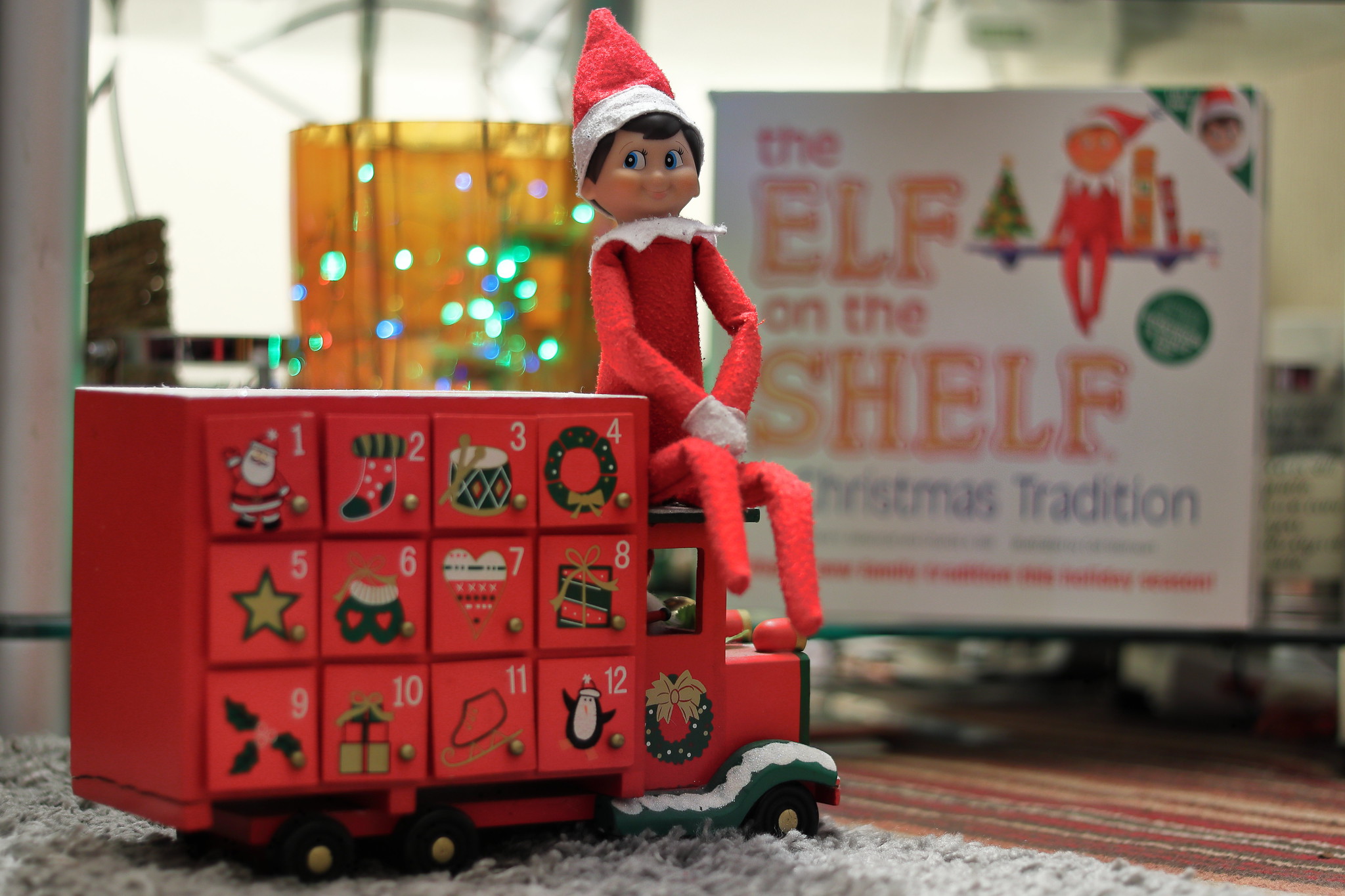History of the Elf on the Shelf Christmas tradition
Christmas is filled with fun holiday traditions. One of the more modern ones is Elf on the Shelf.
Elf on the Shelf is practiced by families around the world. The tradition encourages children to be on their best behavior before Santa Claus arrives.
But what exactly is the beloved Elf on the Shelf?
Origins of Elf on the Shelf
The origins of Elf on the Shelf date back to the 1970s, when it was only a family tradition for American sisters Chanda Bell and Christa Pitts.
“We had an elf who grew up as far back as we can remember,” Christa Pitts said in an interview with HuffPost.
“Our elf was called Fisbee. Fisbee would report to Santa at night and be back in a different position in our house the next day.”
In 2005, Chanda, Christa, and their mother decided to self-publish the book, “The Elf on the Shelf: A Christmas Tradition,” The book shared the story of the magical elf.
The book, sold in a box with a small toy pixie and detailed “instructions”, was commercially successful and won the Best Toy Award and the Book of the Year Award.
How Elf on the Shelf works
Elf on the Shelf appears in different spots where the children often go from December 1 or just after Thanksgiving.
To explain the elf’s presence to the children, the parents typically read them Carol Aebersold's book, or tell them the story of the elf themselves.
The elf moves around the house spying on the children. The elf then tells Santa whether they were good or not, and if they deserved to have their Christmas presents under the Christmas tree.
Every evening, the elf returns to the North Pole to talk to Santa, and goes back to the house in the morning, before the children get up.
Another big part of the tradition, especially in the age of social media, is sharing photos of the elf's antics around the house.
Different Ways of Celebrating
The elf no longer just leans on the table or wraps his little arms around the banister. Nowadays, the elf has become much more playful
You can find the elf quarantined in small coronavirus-proof quarters, turning sink water into gummy bears, and even roasting marshmallows on a candle.
On another day, the elf might be in the kitchen checking that they are eating their vegetables, the next day he watches that the homework is done. On weekends he makes sure they don't go to bed too late, etc.
Rules of Elf on the Shelf
The Christmas tradition has only two rules. First, children are not allowed to touch the elf, otherwise, it will lose its magic.
If the child touches the elf by mistake, the official site of "The Elf on the Shelf" advises the little ones to write a letter to Santa to apologize and to sprinkle some cinnamon next to the toy before going to bed.
Cinnamon is like vitamins for the Boy Scout Elves, and it helps them return to the North Pole to help the good old man prepare for the next Christmas.
The second rule of Elf on the Shelf is that the Elf should not speak or move while the children are awake. It only moves at night, when it makes its return trip to the North Pole. Once back home, he then takes a new position in the house. Children can share their secrets and wishes with him as often as they want.
Controversies around Elf on the shelf
A study published by Canadian researchers does not view the Elf on the Shelf tradition in a favorable light. The researchers share their concerns: “They are preparing a generation of children to accept increasingly intrusive modes of surveillance. ”
But we could look at things differently. We can use the tradition as an opportunity to explain to them the risks of slippage associated with monitoring and wiretapping.
Happy holidays!

